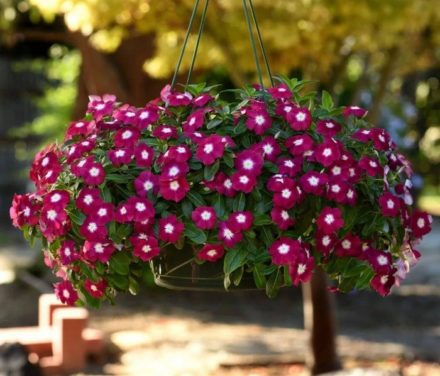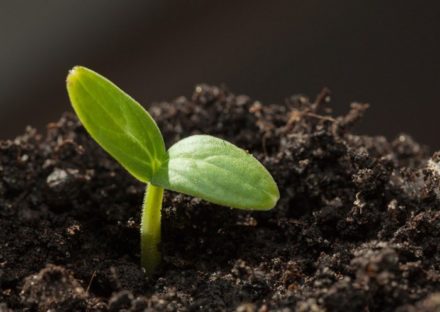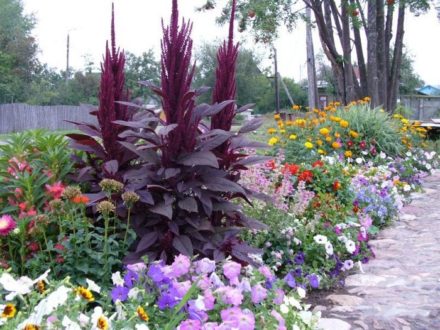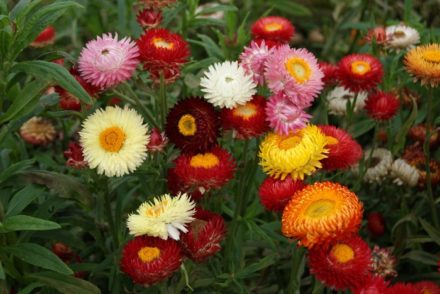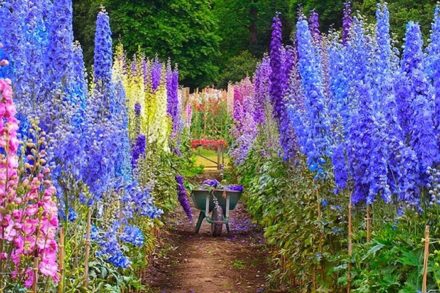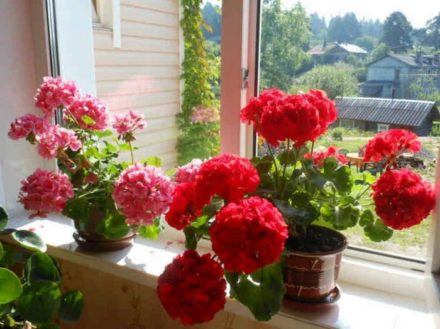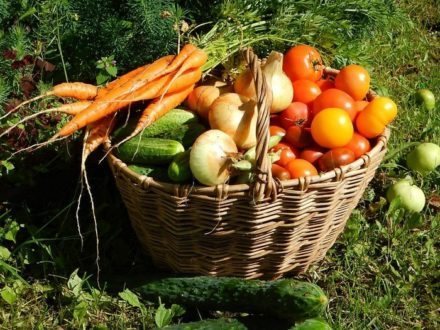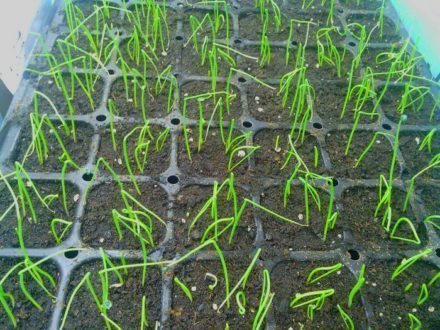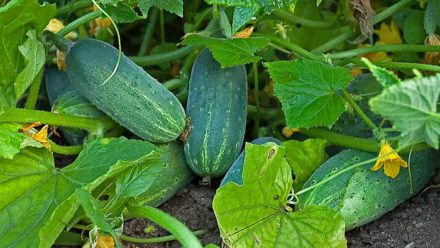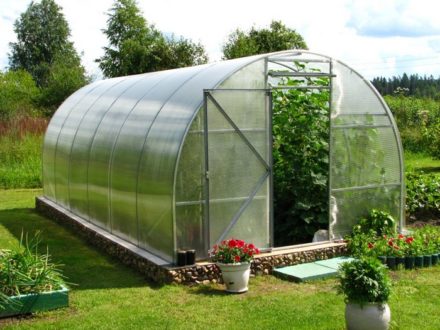Before sowing, seeds of various crops often require additional treatment to accelerate germination, disinfection, and stimulate growth processes. One of the techniques used is stratification. At home, it is carried out artificially, creating the necessary temperature conditions.
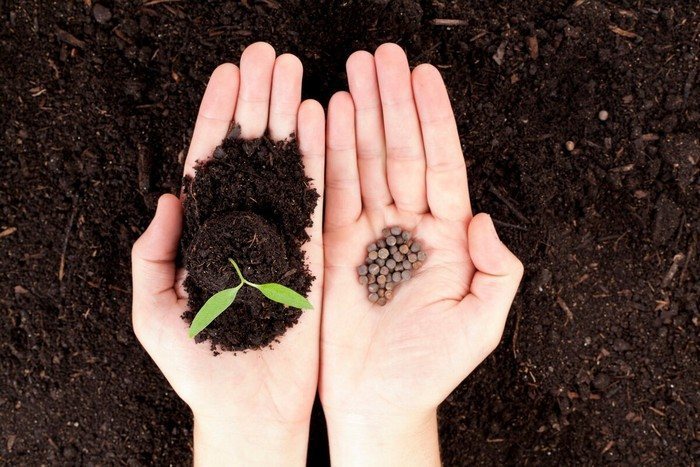
Stratification - what is it?
In botany, stratification is a sharp temperature difference that promotes the awakening of seeds. In nature this happens naturally. In the fall, the seeds spill out onto the ground, wait out the cold winter, and then awaken in the spring with the arrival of warmth.
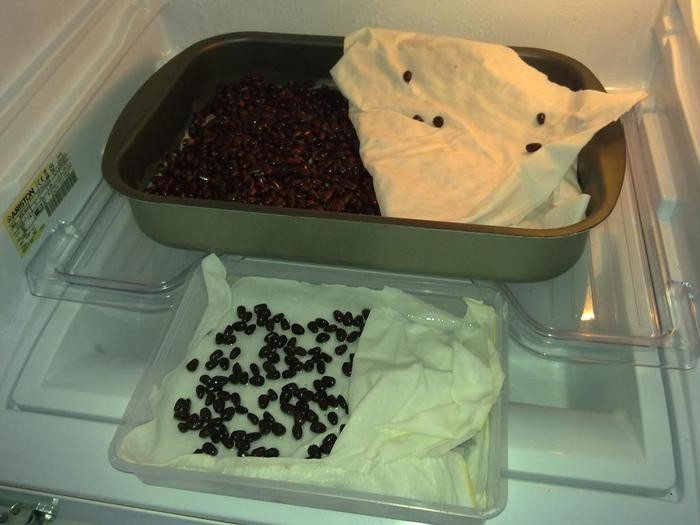
It is thanks to the cold that the dense shell of the seeds is destroyed, which prevents their germination. Subsequently, the seeds are also washed with melt water. At home, you have to simulate such conditions artificially in order to get early and friendly shoots. Stratification can be different depending on the timing of its implementation:
- standard - a bag of seeds is heated near a radiator for 1 week, and then placed in a cold place for 6 weeks;
- accelerated - planting material is kept warm for 1 day, after which it is cooled for 1 week;
- long-term - seeds should be kept in a warm place for 1 month and in a cold place for 3 months.
Before using stratification, you need to find out for which crops and how to apply it correctly.
Crops that require cold exposure
Stratification is needed for seeds of fruit and vegetable crops, perennial flowers, which are grown in mid-latitudes. This group also includes ornamental trees and shrubs, conifers, and herbs. For flower crops, the timing of stratification depends on the species:
- 1 month stratify the seeds of lavender, aquilegia, aconite, primrose, gentian, soft mantle;
- The procedure lasts 1 week for delphinium, bluebells;
- The seeds of peonies, clematis, hellebore, and chaenomeles are cooled for 3 months.
The manufacturer always indicates on the packaging of planting material what duration of stratification he needs.
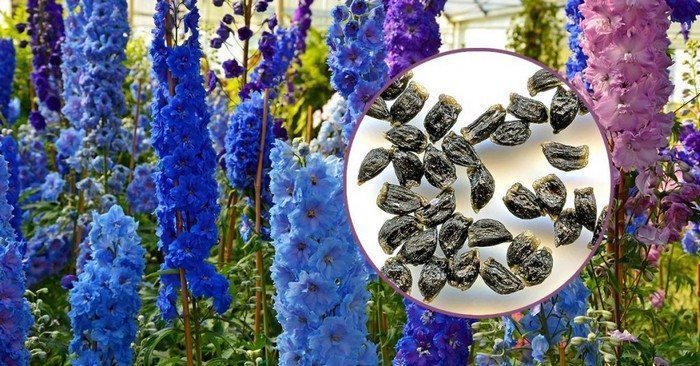
Can stratification harm seeds?
Stratification is necessary for the seeds of those crops whose homeland experiences cold winters. Without this procedure, you simply won’t be able to wait for germination. Regarding people from hot countries, it can be said that their seed does not need forced cooling.
Does this mean that such seeds cannot be stratified? Not at all. The procedure will be useless for them, but will not lead to death or cause any other harm. If there is no information on the bag of seeds that they need stratification, then there is no need for the procedure.
How to properly stratify seeds?
The most commonly used method is to keep the seeds at a temperature of about 0 °C in a humid environment. Place the planting material on a wet napkin or cotton pads. It is permissible to use a substrate consisting of sand, sawdust, vermiculite or a mixture thereof.
Procedure:
- It is first necessary to disinfect the seed material with a solution of potassium permanganate or a fungicide.
- It is necessary to moisten the substrate in such a way that for 1 part of dry matter there are 4 parts of water.
- The size of the container does not matter at this stage; in the future, the seeds will still have to be planted in the soil.
- Cover the container with a lid to prevent moisture evaporation, and put it in a warm place for several days for the seeds to swell.
- After this, the container is placed in a cool place. This could be a cellar, basement, refrigerator. The main thing is that the temperature does not exceed 4 °C.
Once a week, the container should be opened for ventilation and its contents should be shaken to prevent the substrate from caking. If necessary, add water to the container and remove spoiled seeds. After the container is transferred to a warm place and the seeds germinate, they are planted in pre-steamed soil. You can try soaking unawakened specimens in a growth stimulator.
If mold appears in the container, the crops are sprayed with Maxim or Fundazol. In the case when the seeds sprouted ahead of time right in the refrigerator, the container is placed in a warm and bright place; it will no longer be possible to reverse the growth process.
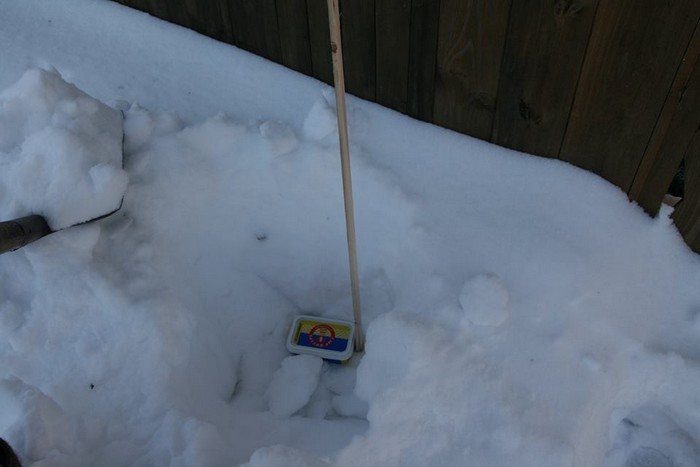
You can stratify the seeds the old fashioned way, by digging them in the snow 3-4 weeks before planting. During winter sowing, seed material also undergoes stratification, but without human intervention.
Some crops require warm stratification. In this case, the seeds are placed between 2 damp sponges and kept in a warm place at a temperature of 26–28 °C until sprouts appear.An individual approach to plants will allow you to get exactly the result you expect when growing flowers, vegetables and fruit crops.


